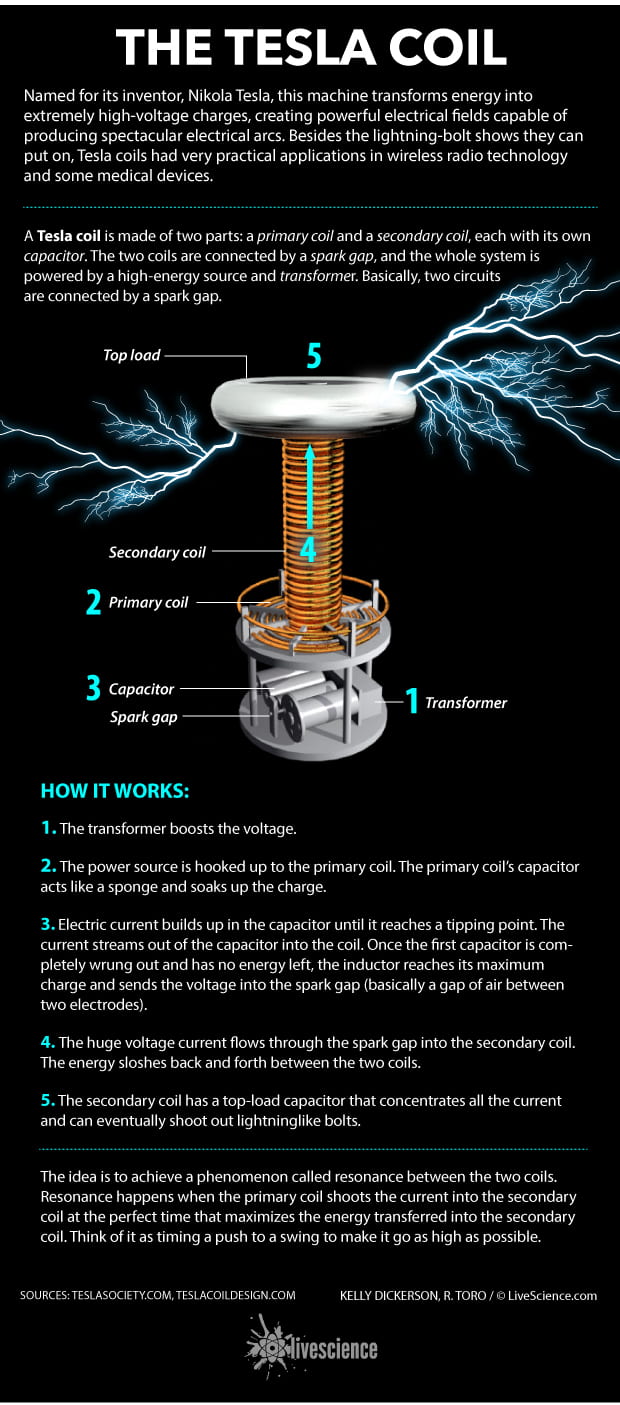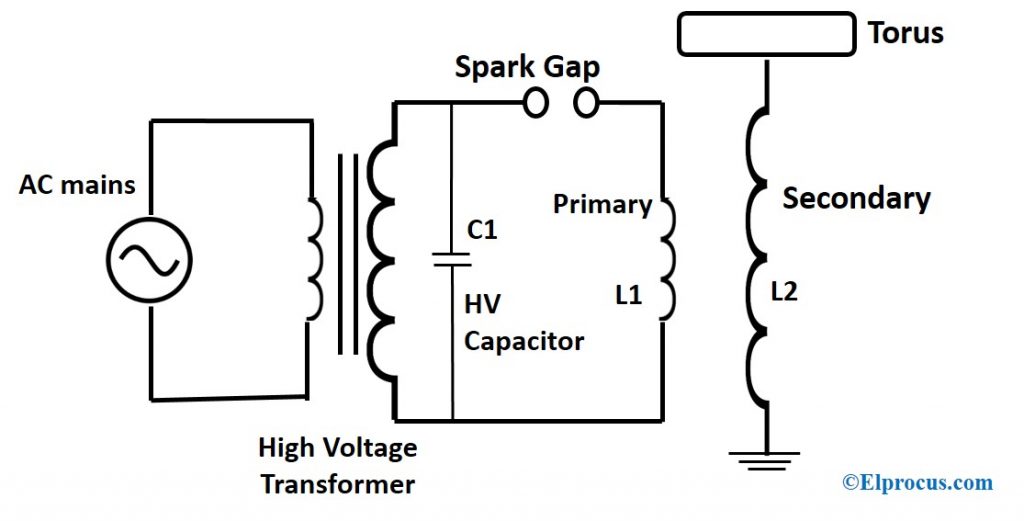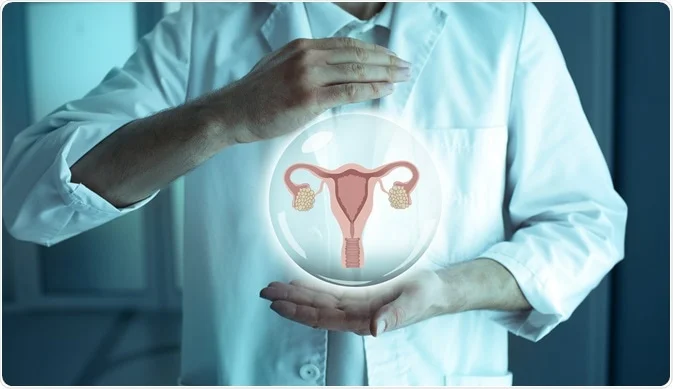Does A Tesla Coil Use AC Or DC?
A Tesla coil is an electrical device invented by Nikola Tesla in 1891. It is used to produce high-voltage, low-current, high-frequency alternating current electricity. The Tesla coil can produce voltage levels in millions of volts and is often used in scientific experiments, educational demonstrations, and in art and entertainment. The Tesla coil is an AC-powered device, meaning that it uses alternating current (AC) to generate electricity.
How Does a Tesla Coil Work?
A Tesla coil is a device invented by Nikola Tesla in 1891 that produces high-voltage, low-current, high-frequency alternating-current electricity. It consists of two parts: a primary coil and a secondary coil, each with its capacitor. The primary coil is connected to a high-voltage source, such as a generator or a bank of batteries. A spark gap is placed between the primary and secondary coils, which allows the electric current to jump across the gap and create a spark. The spark then travels through the secondary coil, causing it to oscillate. This oscillation creates a high-frequency alternating current, which can be used to power electrical devices.
Tesla coils are used in a variety of applications, including radio transmission, medical treatments, and lighting displays. They are also used to generate extremely high voltages for research purposes. While the voltage produced is usually AC, DC can be used in some applications. DC is typically used when a high voltage is required for a short period, as in a lightning strike simulation.
Overall, Tesla coils are fascinating devices that allow us to generate high-voltage AC or DC electricity. They have been used in a variety of applications, from research to radio transmission, and they are sure to continue to have a place in the future of electricity generation.
The Difference Between AC and DC
The Tesla coil is a unique device, but it’s often misunderstood in terms of the type of electricity it utilizes. To understand how the Tesla coil works, it’s important to first understand the difference between AC and DC electricity. AC, or alternating current, is an electric current that changes direction periodically, while DC, or direct current, is a current that only flows in one direction.
The Tesla coil uses AC for two reasons. First, AC is more efficient than DC, which means it can transfer larger amounts of power over greater distances. Second, the alternating current is necessary to generate the high-voltage electrical arcs that the Tesla coil is known for producing.
The Tesla coil is a fascinating device that has the power to generate high-voltage electricity and can be used for many interesting applications. It’s important to understand the difference between AC and DC electricity to fully understand how the Tesla coil operates and the potential applications it can be used for.
The Advantages of Using AC And DC in a Tesla Coil
The use of alternating current (AC) and direct current (DC) in Tesla coils offers a range of advantages. AC is used in the Tesla coil because it can be easily and efficiently converted to high voltages through the transformer. This increases the efficiency and power output of the coil. On the other hand, DC is used in the Tesla coil to create a powerful electrical arc, which is used to light up fluorescent bulbs. Additionally, DC can be used to power other components of the coil, such as capacitors, resistors, and inductors.
Tesla coils are used for several different purposes, from wireless communications to medical treatments, to powering LED lights and other electrical devices. As such, AC and DC are both essential components of a Tesla coil. AC is used to create the high-voltage electricity needed to power the coil, while DC is used to create an electrical arc, allowing for the transmission of energy. Together, these two types of electricity allow for the efficient and powerful operation of a Tesla coil.
The Advantages of Using DC Or AC to Power a Tesla Coil
Tesla Coils are a type of electrical circuit that produces high-frequency electric fields. Although they have a wide range of uses, from powering fluorescent lamps to creating intriguing lighting displays, they are particularly useful for generating electrical current for industrial purposes. But what type of current is best for powering a Tesla Coil: AC or DC?
The answer to this question depends on the purpose of the Tesla Coil and the type of current being supplied. AC (alternating current) is typically used for electrical appliances, while DC (direct current) is better for powering an electrical motor. However, when it comes to powering a Tesla Coil, both AC and DC have their advantages.
AC is the ideal choice for powering a Tesla Coil if the goal is to generate a relatively low voltage to operate a device. This type of current will provide a more consistent output than DC, meaning that the device will receive a more reliable electrical supply.
On the other hand, DC is the preferred current for powering a Tesla Coil if the goal is to generate a high voltage. DC is better suited for producing high voltage because it can be modulated more easily than AC, allowing for a greater range of power outputs.
In summary, AC is better for low-voltage applications, while DC is better for high-voltage applications. Each type of current has its advantages and disadvantages when it comes to powering a Tesla Coil, so it is important to consider the specific needs of the device before making a decision.

The Disadvantages of Using AC
Tesla coils are electrical devices that use alternating current (AC) to generate high voltages. This technology has been used for decades in various applications such as radios, televisions, and medical treatments. Despite their usefulness, there are some disadvantages of using AC for a Tesla coil. For one, AC is more prone to interference from other electrical devices. This can cause problems in the Tesla coil’s operation, leading to reduced performance or even failure. Additionally, AC takes more energy to maintain a given amount of voltage than DC. This means that Tesla coils using AC will require more energy and be more expensive to run. Finally, AC Tesla coils generate more heat than DC coils, meaning they are not as efficient and require more cooling. All of these factors should be taken into consideration when deciding whether to use AC or DC in a Tesla coil.
The Disadvantages of Using DC in a Tesla Coil
Tesla coils, an invention of brilliant scientist and inventor Nikola Tesla, are used to generate high voltage, low current, high frequency alternating current electricity. This type of electricity is useful for a variety of applications, including wireless communication and electron microscopy. The coil itself consists of two parts: a primary winding which is connected to a power source and a secondary winding which is connected to a spark gap. The power source can either be an Alternating Current (AC) or a Direct Current (DC) source.
When using a DC power source, the Tesla coil is prone to arcing and sparking, which can damage the coil and create a hazardous situation. DC tends to cause sparks and arcs to form between the primary and secondary windings, which can damage the insulation in the coil and cause it to short circuit. Additionally, the arcs and sparks generated by DC are less predictable and can be difficult to control.
Conclusion
A Tesla coil uses an alternating current (AC) to generate a high-voltage, high-frequency electrical field. This is achieved by the use of a transformer to convert the lower voltage AC power from the power source into higher voltage AC power. The higher voltage is then applied to the Tesla coil’s primary winding which creates an electrical field around the secondary winding. This electrical field causes the secondary winding to become charged with high voltage, high-frequency AC power. This is then used to charge a capacitor, which is then discharged across an air gap. This produces a spark that can be used as a power source for a variety of applications.






